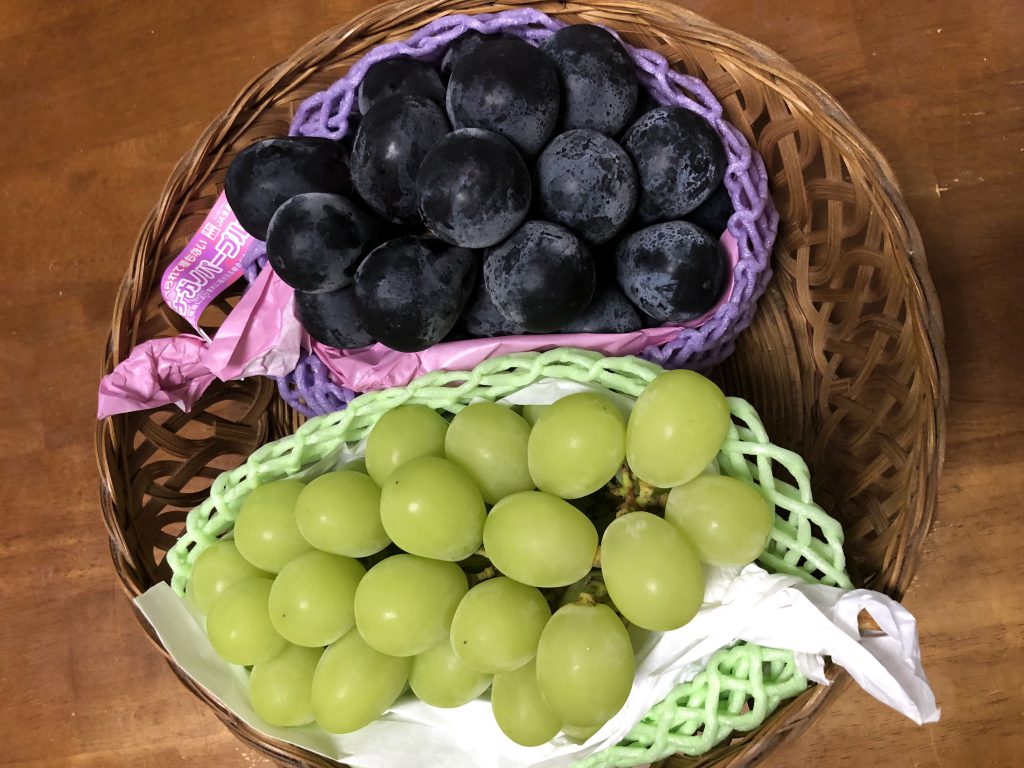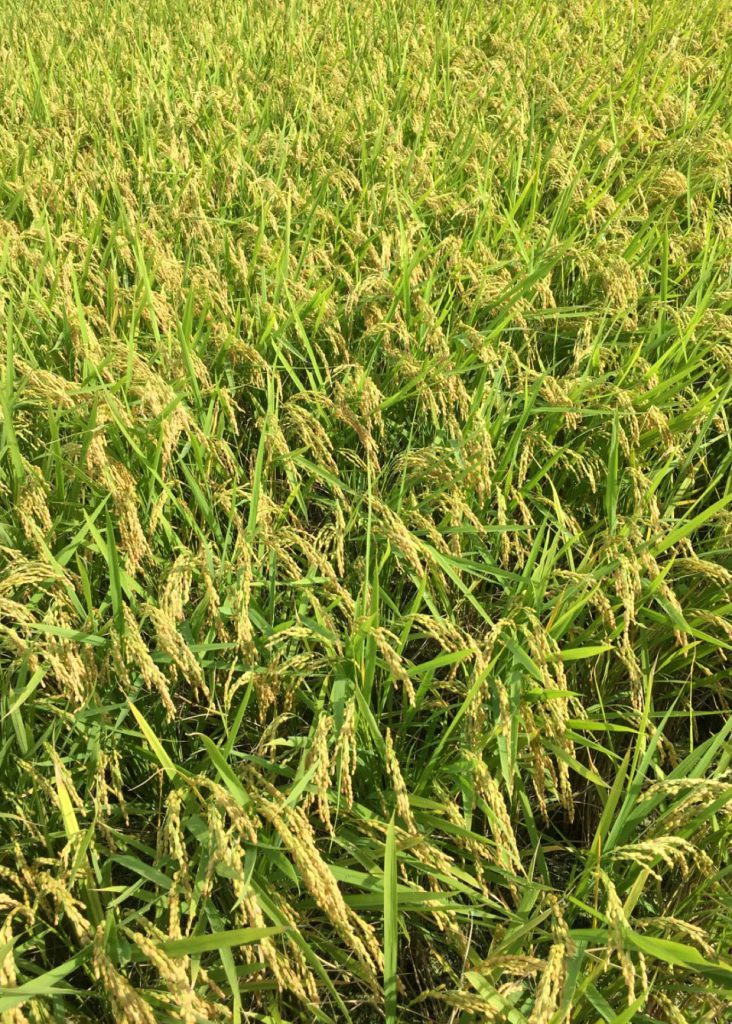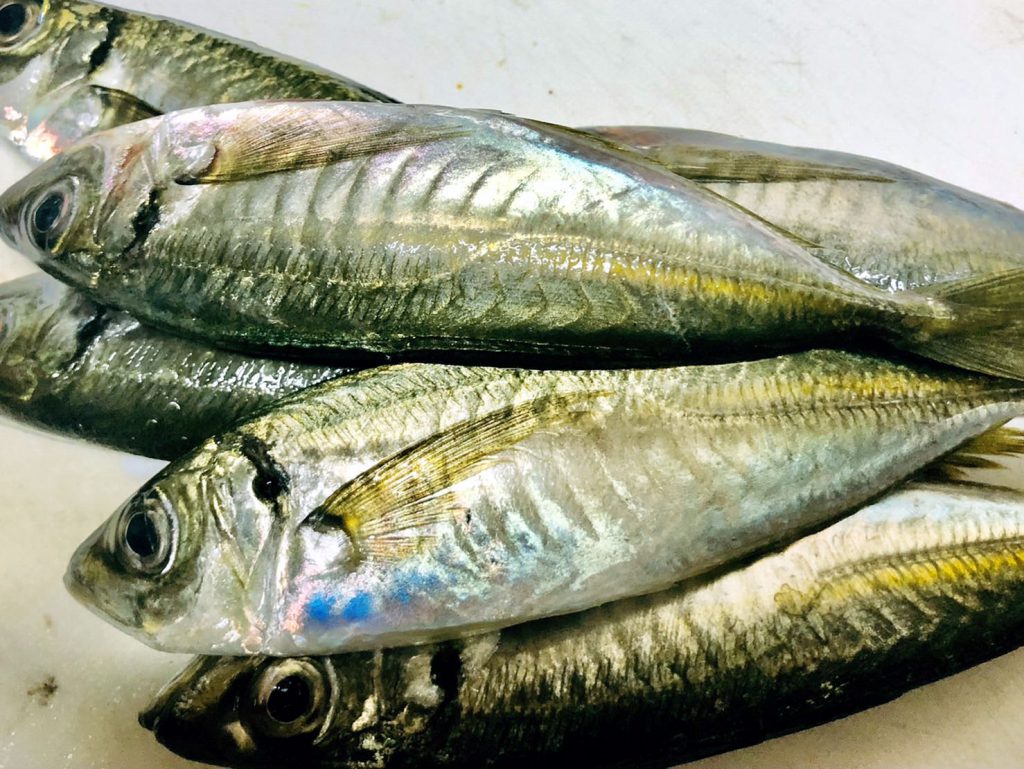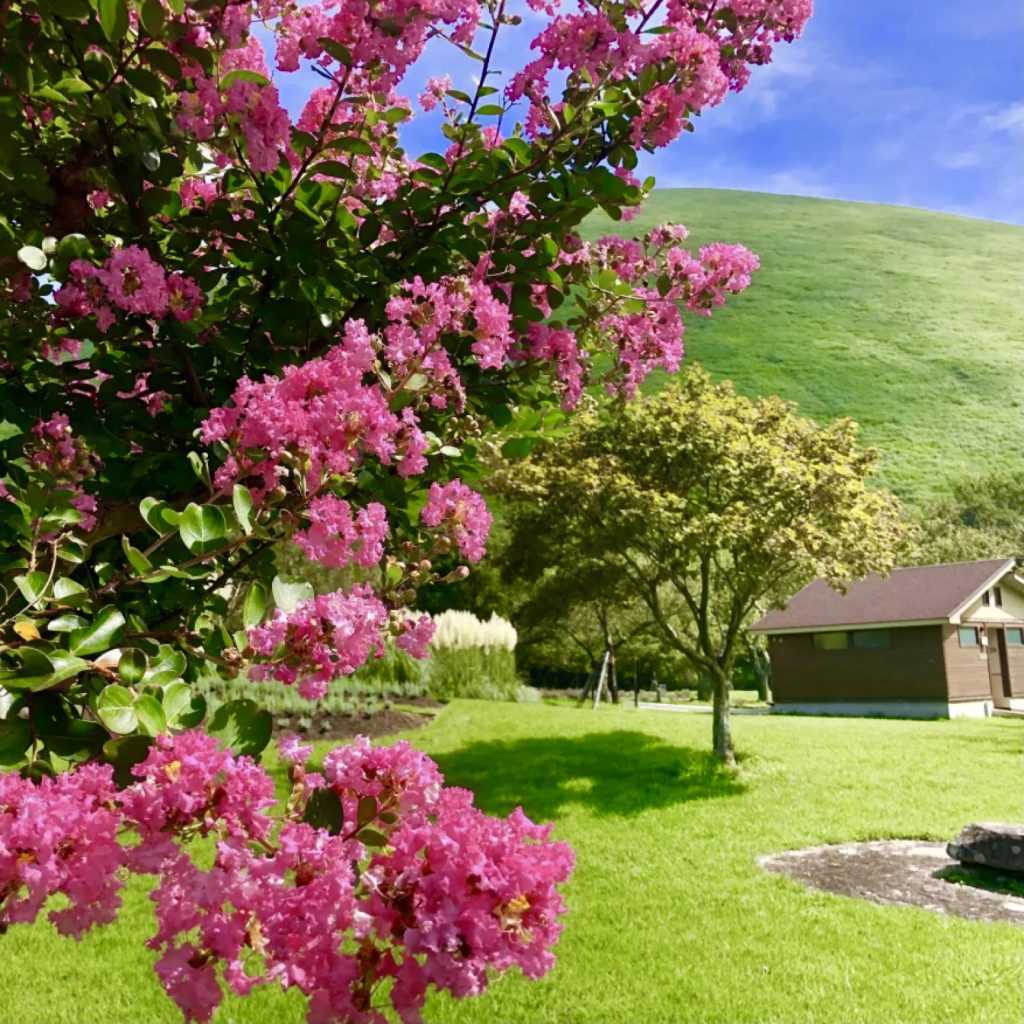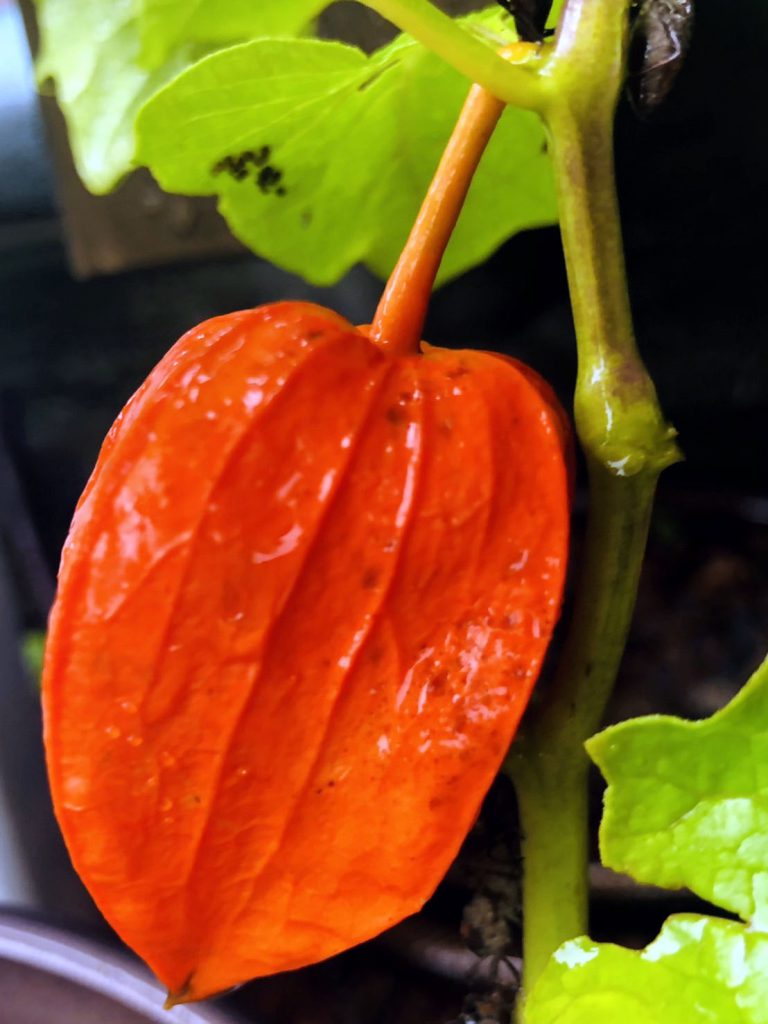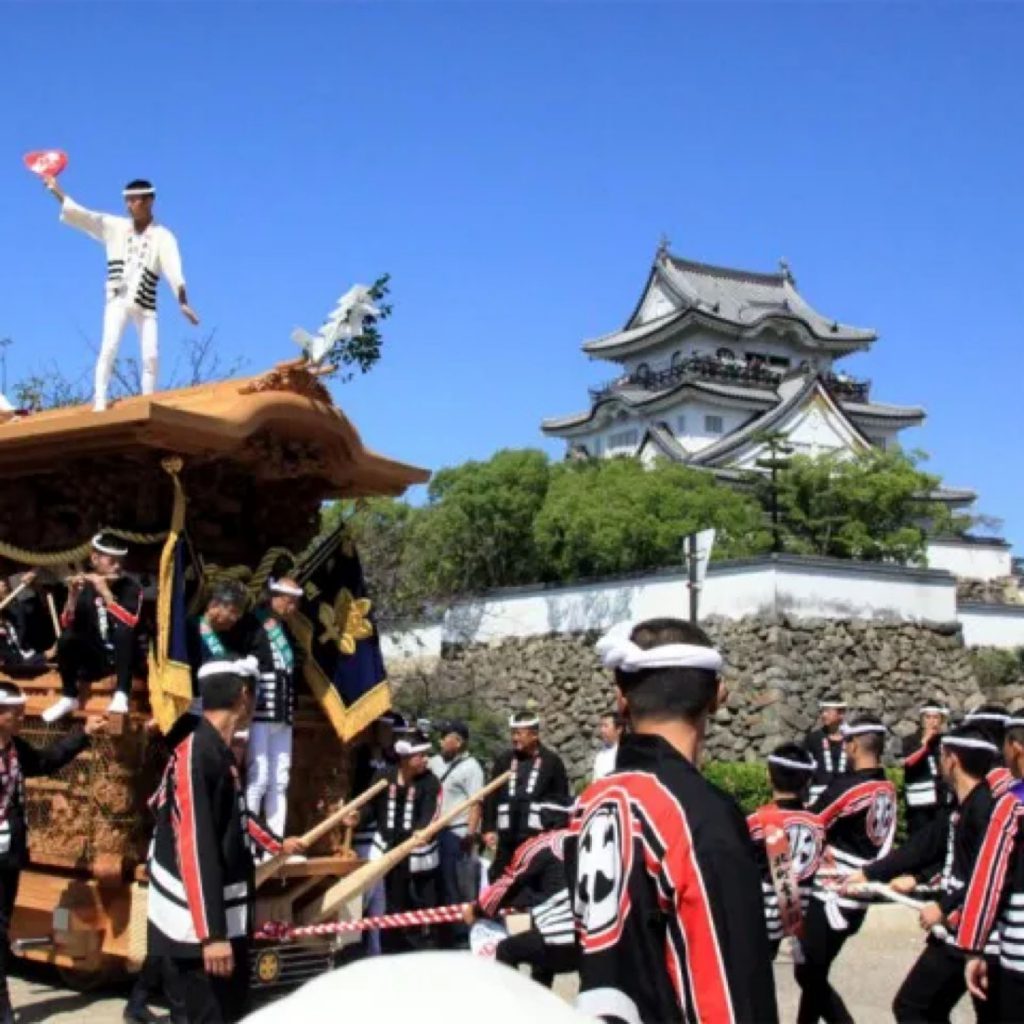
The “Kishiwada Danjiri Festival”, known for its brave danjiri, has begun on the 18th. Due to the corona disaster, it was virtually canceled last year, and the Danjiri Festival, which has been held for the first time in two years, has been reduced in scale and is held by “no spectators” who do not attract spectators from the outside. The roadside is divided by red and white curtains, and measures have been taken to prevent it from being seen, but many spectators rushed in and there were many places where it became denser. The Kishiwada Danjiri Festival is a traditional festival that has continued for more than 300 years since the Edo period, hoping for abundant five grains, and it is known for its “Yarimawashi”, which bravely pulls a danjiri that weighs more than 4 tons with a powerful shout. Whether Danjiri wins or Corona wins, it seemed like an uncontrollable battle.
勇壮なだんじりで知られる「岸和田だんじり祭」が18日始まりました。コロナ禍で昨年は事実上中止となり、2年ぶりのだんじり祭りは規模を縮小し、外部から観客を呼び込まない「無観客」での開催です。沿道は紅白の幕で仕切られ、見えないように対策は講じられていますが、沢山の観客が押し寄せ、かえって密になる箇所がいくつも見受けられました。岸和田だんじり祭は、五穀豊じょうを願って江戸時代から300年以上続く伝統の祭りで、力強い掛け声とともに重さ4トン余りあるだんじりを勇壮にひく「やりまわし」で知られています。だんじりが勝つか、コロナが勝つか、どちらも抑え切れない戦いにも思えました。


